Storms are unpredictable— especially when it comes to damage. Harsh rain and high winds can cause damage to the trees on your property, significantly increasing their chances of failure (failing). Preparing for harsh weather conditions by cabling and bracing at-risk trees around your home can help stabilize them during winter storms, keeping you and your property safe. This blog post explains everything you need to know about tree cabling and bracing to help protect your property from storm damage.
What Is Tree Cabling and Bracing?
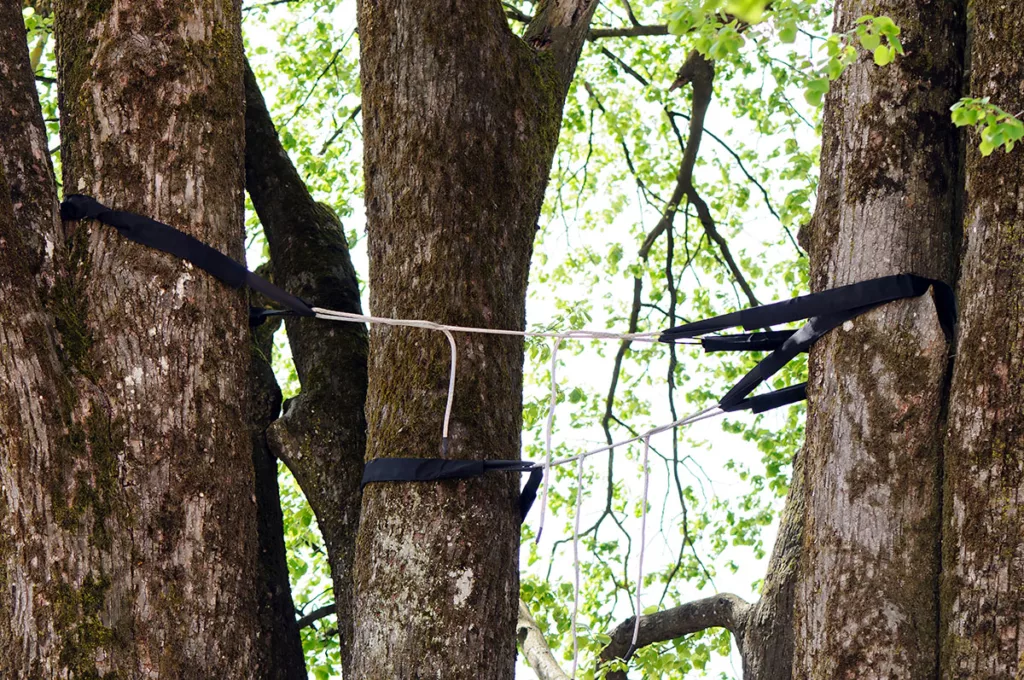
Tree cabling and bracing are arboricultural techniques used to support and stabilize trees. These methods reduce the risk of tree failure during severe weather conditions, such as strong wind and heavy rain. They work to limit the overall movement of your tree so that when a storm brings harsh winds, the likelihood of breakage is lowered.
Tree Cabling
Tree cabling involves the installation of steel cables between the major branches of a tree to provide support and limit their movement. Cabling systems are typically used to mitigate the risk of branch failure, by reducing stress from high winds. Tree cabling is used on weak points in a tree that could use some support but is otherwise healthy and stable.
Tree Bracing
Tree bracing is used to prevent a tree trunk or large branches from splitting or cracking by stabilizing and reducing movement. Unlike cabling, tree bracing rods are rigid, not flexible. These are usually placed underneath the cabling, and the number of bracing rods used will depend on the size and condition of the tree.
Benefits of Tree Cabling and Bracing
Using a combination of both cabling and bracing is a great way to prepare trees for severe weather if they are at risk of failure. Here are some of the benefits this technique can provide:
Lowers Risk of Failure and Property Damage
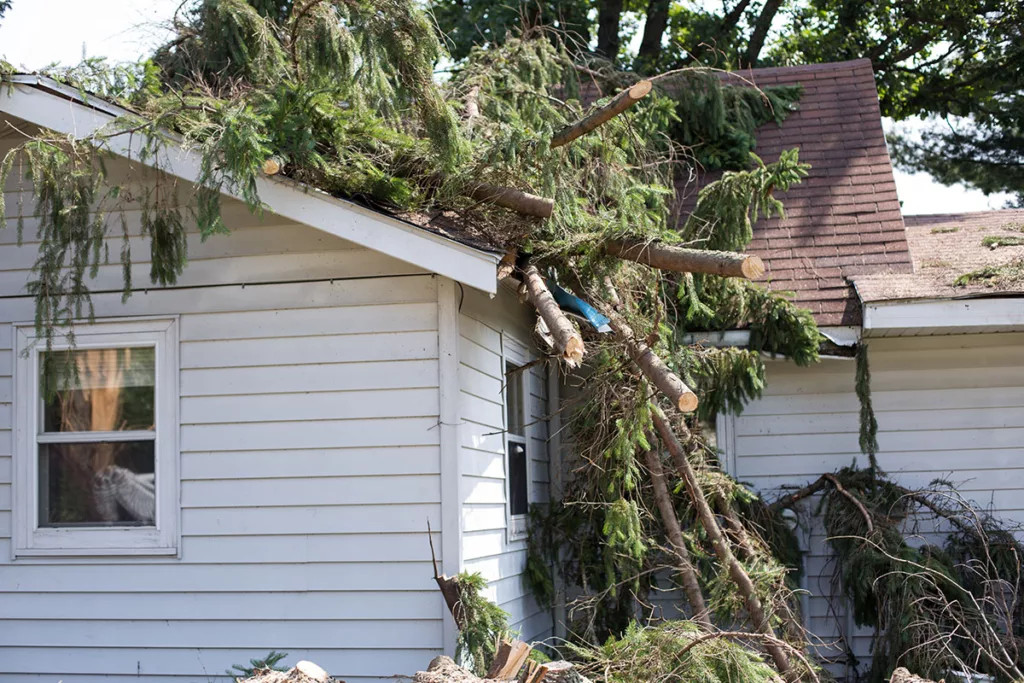
When an unsupported tree is exposed to heavy rain and/or strong winds brought on by a storm, this can cause limb breakage or trunk splitting. Both of these can lead to tree failure, which can cause personal injury or property damage.
Cabling and bracing will keep your trees better stabilized in the face of harsh weather. While the cabling restricts mobility and supports weaker branches, the bracing keeps the trunk and other large weak spots from splitting. By preserving the structural integrity of your tree, failure is much less of a risk, even during a storm.
Helps Trees Grow Stronger
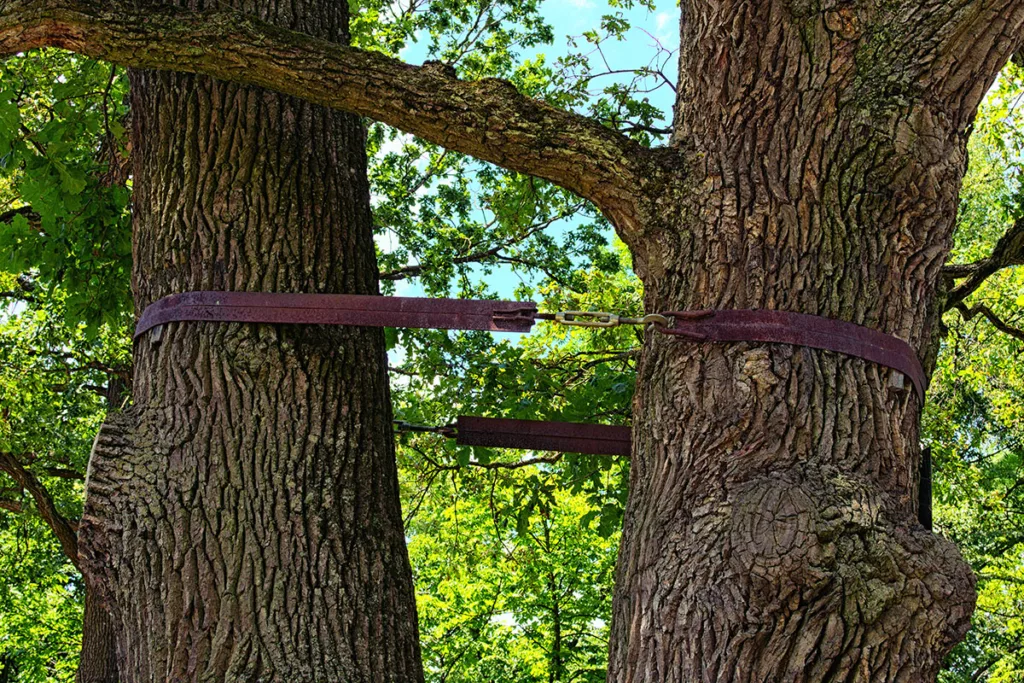
Although tree cabling and bracing are great defense mechanisms during a storm, they also help weaker areas of the tree grow stronger over time. These essential support systems reduce the risk of weaker areas bending to the point of breaking, giving them the support they need to heal.
Trees with structural defects might be weaker and more prone to storm damage, but cabling and bracing can help correct structural defects by guiding the tree’s growth. This will make it naturally stronger over time.
Helps Trees Heal
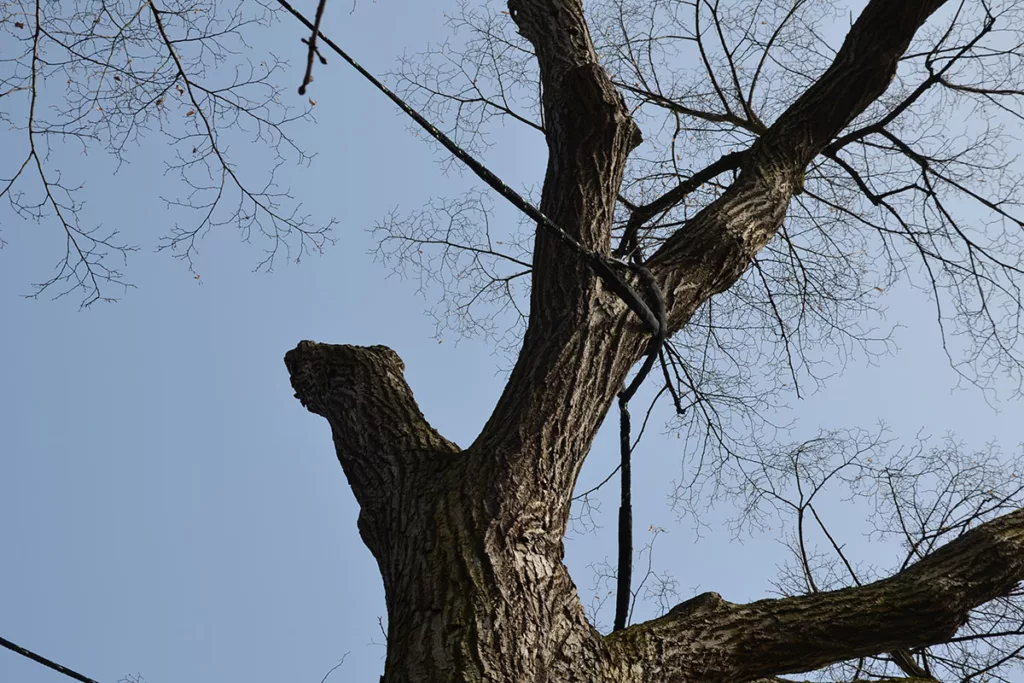
You can also use cabling and bracing to help treat damage after it’s already taken place. Even if your tree has already been harmed by the elements, the structural support provided by tree cabling and bracing will nurture its growth and facilitate its natural repair process.
Sonoma County Tree Cabling and Bracing Services
Don’t wait until the damage is already done. If you think your trees might benefit from storm damage protection, trust Vintage Tree Care’s professional arborists to install cabling and bracing systems before the rain hits.
To schedule comprehensive tree maintenance, fill out our online contact form or give us a call at (707) 495-4686. We’re more than happy to help!
The comments are closed.


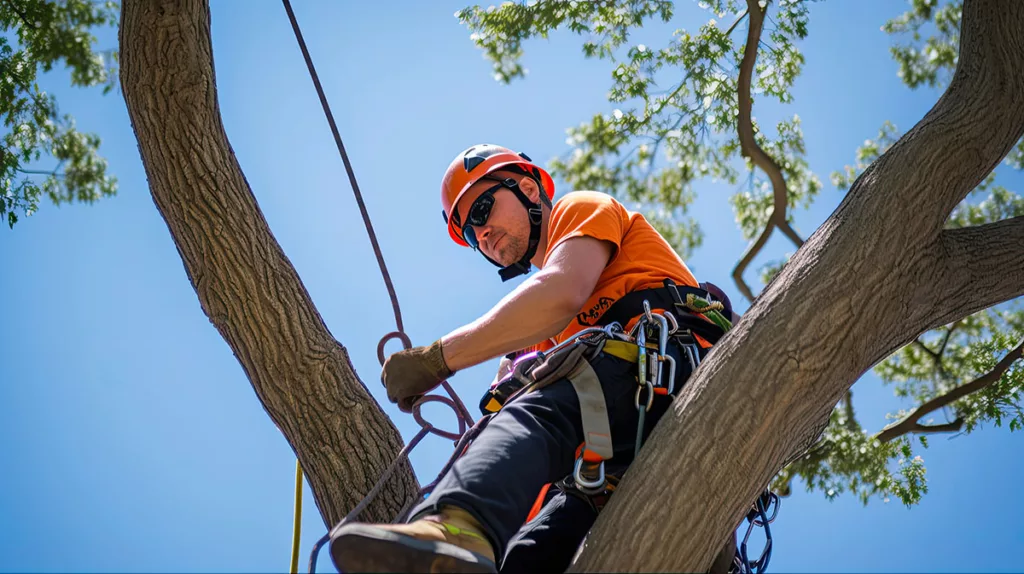
No comments yet